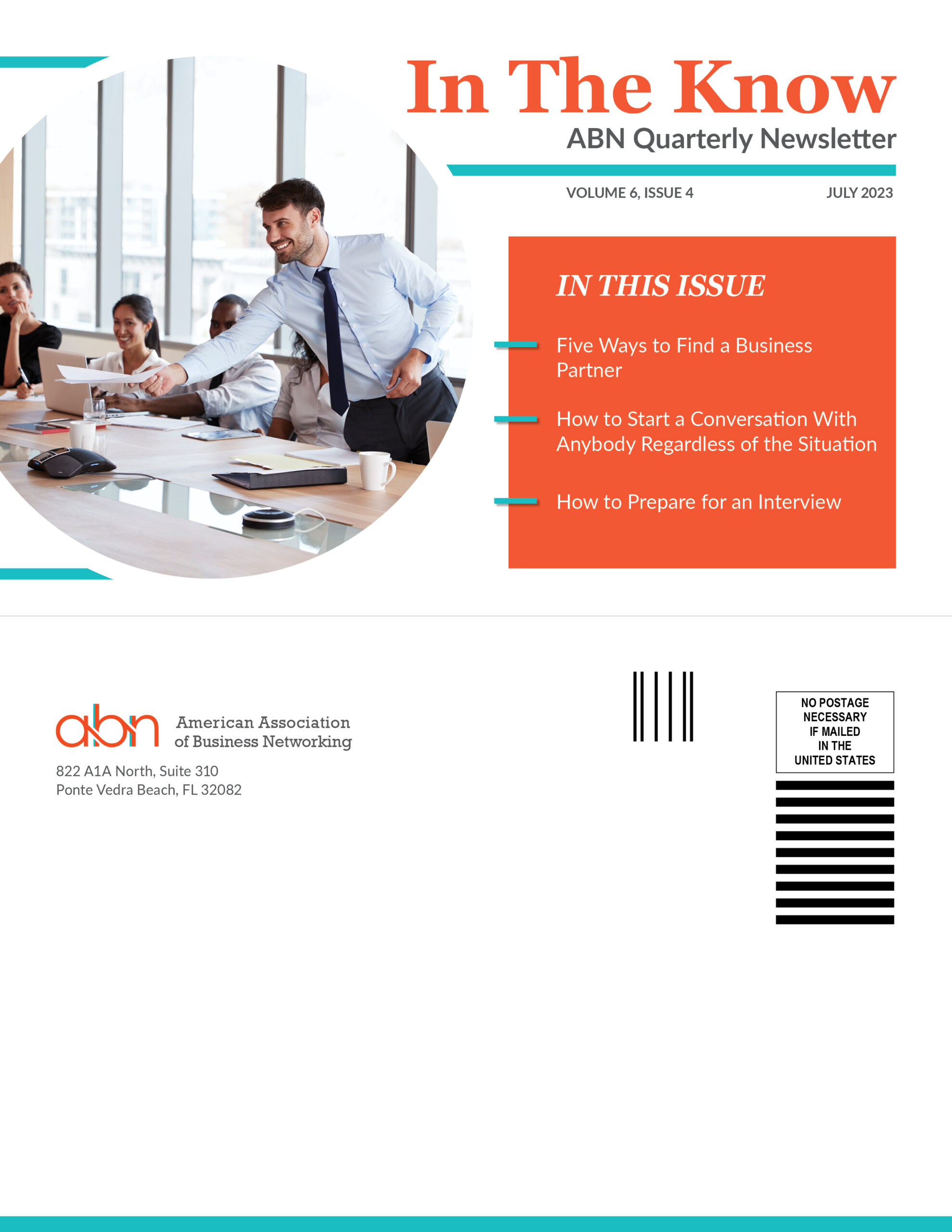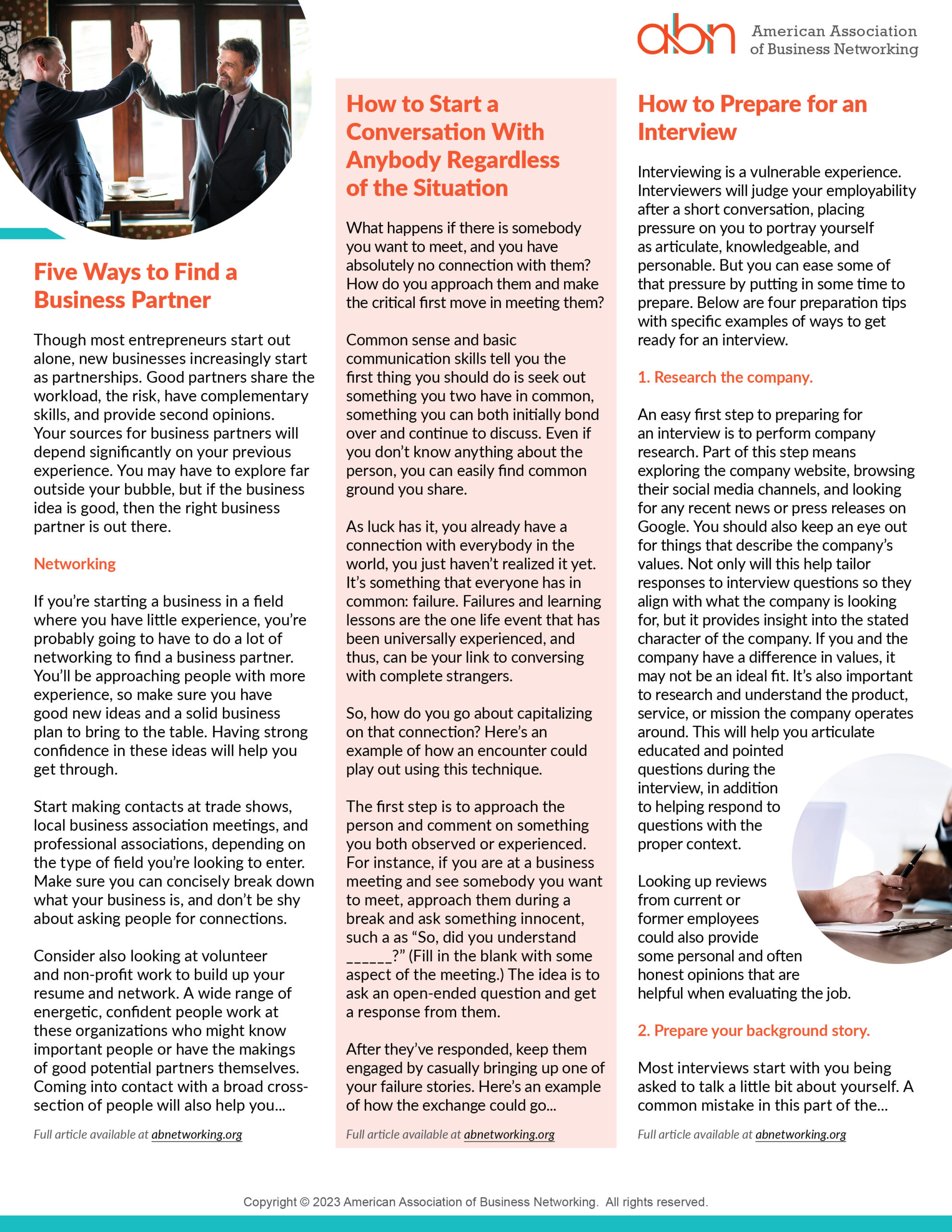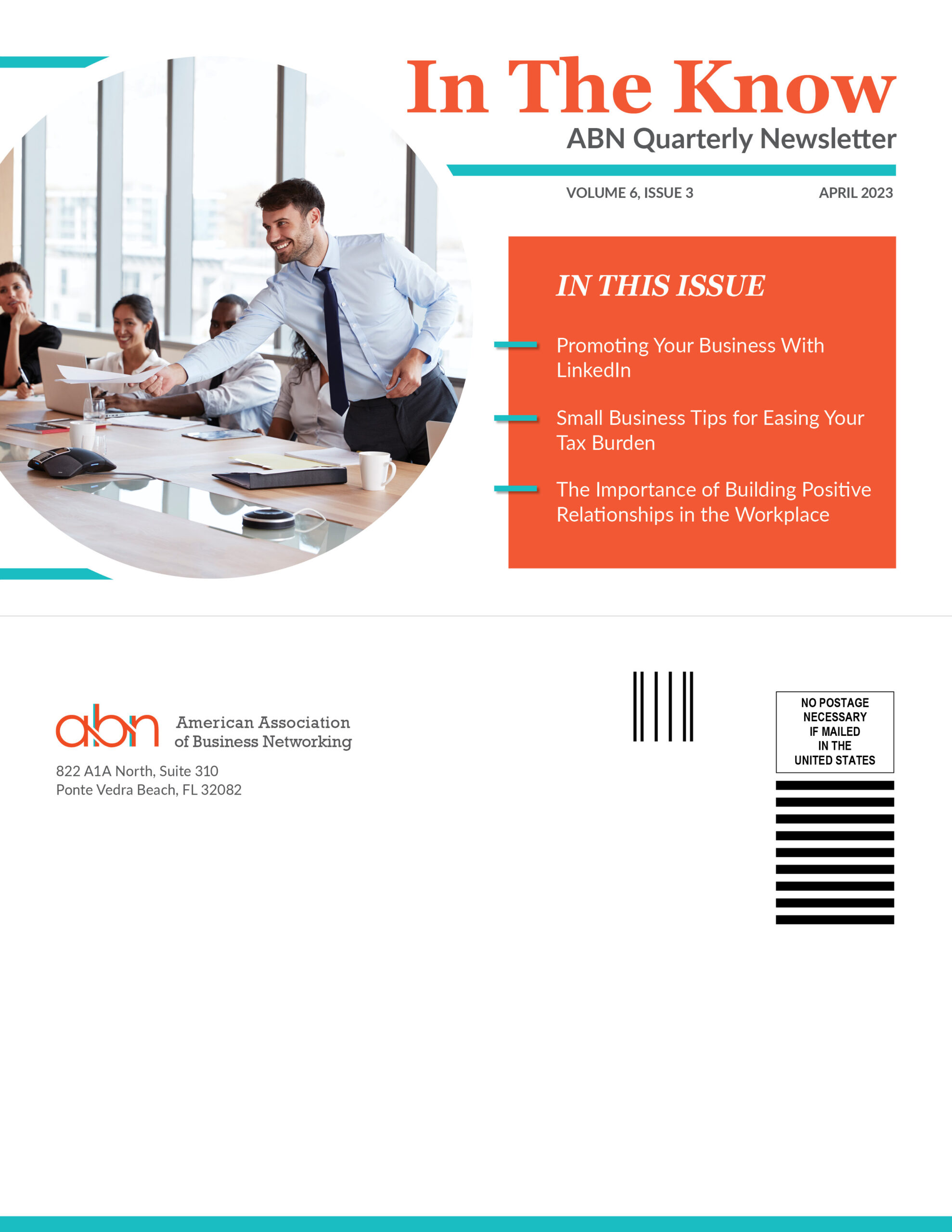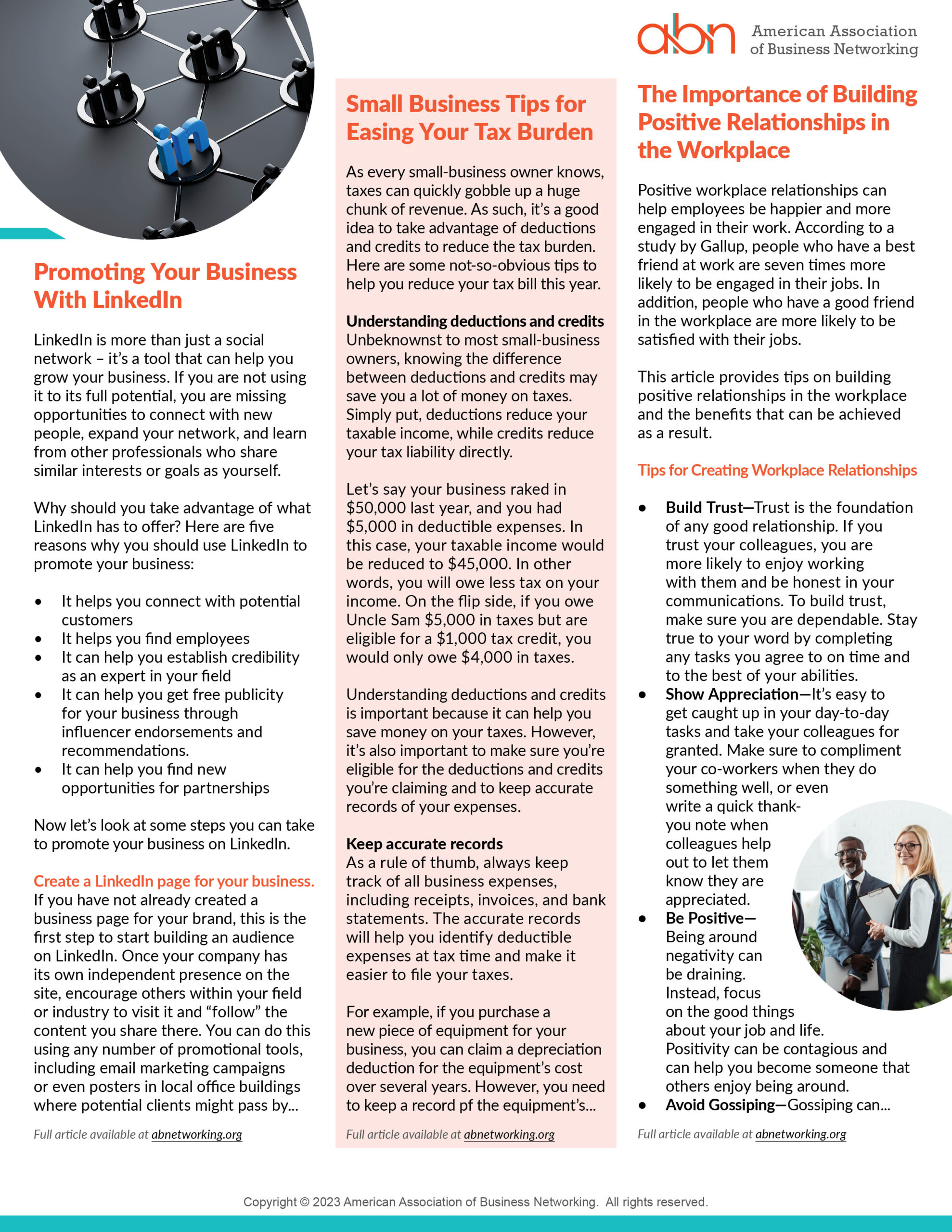Charismatic Leadership: How Personality Traits Can Drive Success
Charismatic leadership creates a strong emotional connection between leader and followers, resulting in a powerful force that can drive success in both individuals and organizations alike. This connection is often based on the leader’s personality traits, such as confidence, charm, optimism, and the ability to connect, inspire, motivate, and engage others. Charismatic leaders create a sense of purpose and direction that can help their followers achieve greatness.
Let’s take a closer look at the traits associated with this style of leadership, and how it can drive success in various settings.
Confidence
One of the most important traits associated with charismatic leadership is confidence. Charismatic leaders are often highly self-assured individuals who are comfortable in their own skin, they believe in themselves and their abilities, and they are not afraid to take risks or make bold decisions. Their expressivity and confidence are contagious and inspire others to believe in themselves and their own potential.
An example: Oprah Winfrey, widely recognized as one of the most successful and influential media personalities of all time, has built a multi-billion-dollar empire through her business ventures. Throughout her career, Oprah has displayed unwavering confidence in herself and her abilities, often taking bold risks and making difficult decisions with conviction. She has always been unafraid to speak her mind, and her confident demeanor has helped inspire millions worldwide to pursue their dreams and achieve success on their own terms. Despite numerous challenges and setbacks throughout her life, Oprah has remained steadfast in her belief in herself, and her unwavering confidence has been a driving force behind her success.
Optimism
Another common trait is optimism. Charismatic leaders see the bright side of things, even in the face of adversity. Faced with challenges, they find the silver lining, no matter how tough the situation is. Their positive attitude is infectious, and their upbeat countenance elevates others. This is particularly vital during rough times when it’s easy to feel disheartened or overwhelmed. Charismatic leaders provide a beacon of hope, helping everyone focus on the bigger picture.
Charm
Charismatic leaders have a certain charm that sets them apart from the rest. They have a natural ability to connect with people and make them feel comfortable. Maybe it’s their infectious smile or their witty humor that draws people in, but there’s no denying the charm they possess.
This charm is an asset in building strong relationships with team members. Charismatic leaders can create a sense of camaraderie and foster collaboration within their teams. They have a way of making everyone feel valued and appreciated, which leads to a more positive work environment. When team members feel comfortable around their leader, they’re more likely to share their ideas and contribute to the team’s success.
Inspiring
One of the key benefits of having a charismatic leader is the ability to build a strong network of supporters. When a leader inspires people, they become invested in the movement and reach out to others who may be interested. This can help build a sense of community and shared purpose, which can be crucial when it comes to taking action to achieve change.
This can also be effective in politics and social movements. Leaders with charismatic qualities often rally large groups of people around a particular cause or vision. They are often skilled at communicating their message in a way that resonates with others, and they can generate public support for their cause. They inspire people to believe in their message and often generate significant momentum and enthusiasm for their cause. Additionally, charismatic leaders are often skilled at negotiating and building coalitions, which is important when it comes to enacting change.
Conclusion
Having a charismatic leader can have a significant impact on the success of an organization. Charismatic leaders possess a range of personality traits that make them stand out from the crowd, including confidence, optimism, and an ability to inspire others. They’re also highly skilled at networking and building relationships, which can be invaluable for securing new business opportunities or forging partnerships with other organizations. These leaders can create a vision that resonates with followers and empowers them to achieve extraordinary results.
While not everyone is born with charisma, the trait can be developed over time through practice and self-reflection. By fostering a culture of charismatic leadership, organizations can drive success and achieve their goals.













